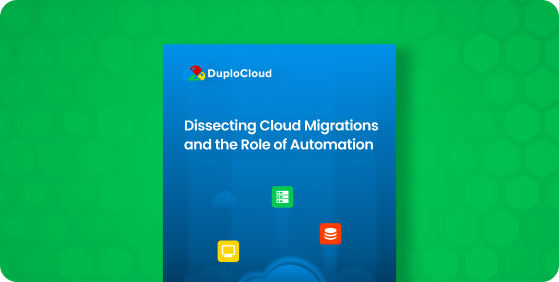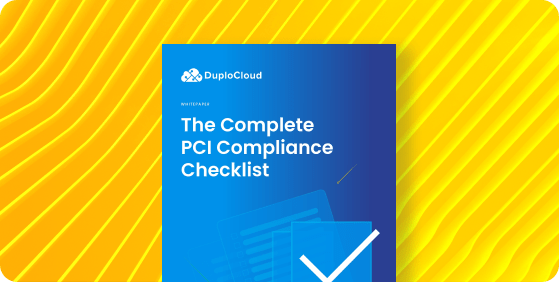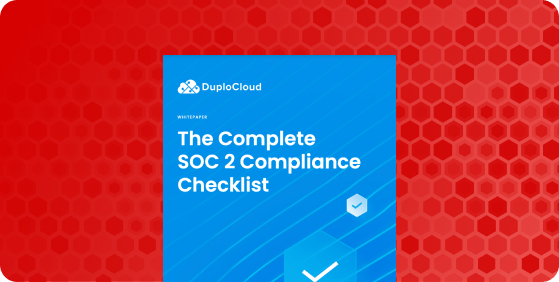Learn how compliance automation can help get you to launch day
For startups building in the cloud, the rush to launch day can quickly turn into a stop-and-go thanks to compliance bottlenecks. Most companies will need to comply with a veritable alphabet soup of standards (SOC 2, PCI DSS, HIPAA, GDPR) before pushing a product live, which can significantly delay time to market. Whether you’re still in the planning stages, halfway through the development cycle, or on the verge of launching, automating compliance can save you months of time in security reviews.
Jump to a section…
Why Automating Compliance Speeds Up Time to Market
7 Ways to Automate Compliance Throughout the Development Cycle
Automate Compliance-Related Workflows
Use Built-in Compliance Standards
Conduct Automated Risk Assessment Scans
Implement File Integrity Monitoring (FIM)
Use Continuous Compliance Tools
Why Automating Compliance Speeds Up Time to Market
Compliance is a complex issue, and it can quickly eat into valuable time and resources, thus increasing your time to market. If your team leaves compliance until the end, you risk getting stuck in lengthy audits and security reviews, helplessly watching competitors getting closer to launch day. Even if you try to incorporate compliance standards from the start, doing it manually will still slow down the process.
Automating compliance processes frees up your team to focus on building the best product they can instead of poring over documentation. Whether it’s running automatic security tests or auto-generating reports, various methods of compliance automation can get you to market faster without skimping on required security standards.
7 Ways to Automate Compliance Throughout the Development Cycle
Design Phase (Pre-Production)
The design phase is the ideal time to think about compliance process automation. This is also an opportune time to figure out which compliance standards apply to your solution.
Consider Platform Engineering
Platform engineering refers to using a low-code/no-code development platform to provision cloud infrastructure. As cloud compliance becomes more complex, development platforms are growing in popularity as a way to streamline compliance processes. While you’re gathering your toolkit and preparing to create your product, keep in mind that finding the right platform can make life easier for your team in the months ahead. Instead of working with a fractured set of developer tools, all of your team members can work from the same hub, which makes tracking your compliance efforts easier.
Platform engineering is the future. In our survey of 500 IT professionals, we found that more than 90% of respondents have adopted or plan to adopt an IDP within the next five years. Learn more with your free copy:

Automate Compliance-Related Workflows
Automating tasks related to compliance standards prevents them from slipping through the cracks when you’re in the middle of the development cycle. Whether you’re planning to work from a single platform or multiple environments, map out your workflows before you begin and automate as many compliance tasks as you can. Many developer platforms offer features that aid in automating workflows. Project tracking and management tools like Jira or Asana also have robust automation features, which assign tasks and send reminders once you’ve set up your projects and workflows.
Development Phase
This is a crucial time for compliance automation. By this point, you should be familiar with the requirements you’ll need to meet, so you can start working on required features as you’re building your solution.
Use Built-in Compliance Standards
One of the easiest ways to automate compliance is to have the most up-to-date standards pre-built into your product. Platforms like DuploCloud provide out-of-the-box compliance controls and auto generate cloud configurations per standards guidelines. That means a significant portion of the compliance legwork is done for you, which leaves your team more time to bring your company’s vision to life.
Set Up Automatic Reporting
Set yourself up for success come audit time by automating your reporting. Tools like LogicManager and SolarWinds Security Event Manager allow you to set up automated reporting months in advance, so you can keep track of your compliance progress without fretting about missing deadlines and spending hours collecting documentation from disparate sources.
Conduct Automated Risk Assessment Scans
Automating risk assessment is the equivalent of checking your work as you go along, except instead of setting up assessments yourself, a tool can run in the background and do most of the work for you, including remediation recommendations. You can utilize automated network mapping tools like Auvik or Datadog to get a bird’s eye view of your solution and automated penetration tools (such as CrowdStrike) to set up risk evaluations on a weekly and monthly basis.
Maintaining Compliance
Meeting compliance standards is a case for celebration — if you’ve gotten to this point, your launch day is likely within sight. But unfortunately, it’s not a one-and-done achievement. Maintaining compliance is an ongoing challenge for start-ups because staying abreast of evolving requirements can quickly take up your time and resources. Creating an automated compliance management process can make maintaining compliance much less burdensome.
Implement File Integrity Monitoring (FIM)
FIM tools, like Netwrix or Tripwire, can help you automatically detect changes in your system and stay ahead of a potential cyberattack by taking protective measures. These protective measures, along with the monitoring capabilities of most FIM tools, can help you stay compliant with standards like PCI DSS and SOC.
Use Continuous Compliance Tools
There are a number of scanning and detection tools available to help you keep up to date with compliance standards. That includes packet sniffers like Snort, which can detect abnormalities in incoming data, and vulnerability scanners like Intruder or Nmap (open source). You can create a patchwork of tools on your own or use an all-in-one solution.
Automated compliance management is critical for beating competitors to market, and a low-code/no-code platform with built-in compliance considerations is the simplest way to complete the process. DuploCloud’s end-to-end automation platform injects required compliance controls both during and post-provisioning, which eliminates the pressure startups may experience trying to keep up to date with compliance changes. Schedule a demo with our team to learn more about automating compliance for your solution.









